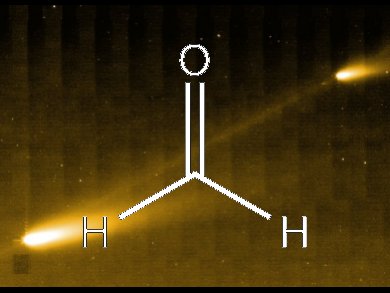Numerous competing ideas exist to explain the origin and mode of synthesis of the complex organic solids found in interplanetary dust, comets and asteroids. George Cody and colleagues, Carnegie Institution of Washington, USA, have used a range of spectroscopic techniques to identify the components in insoluble organic matter (IOM) isolated from meterorites in an attempt to discover how it was formed.
They synthesized a polymer from formaldehyde and showed that it was similar to the IOM in meterorites. Their formaldehyde polymer also showed similarities to organic material found in a comet named 81P/Wild 2, pieces of which were collected by NASA’s Stardust mission.
These results mean that IOM and cometary organic solids are related chemically and were probably derived from formaldehyde.
Image: NASA/JPL-Caltech
- Establishing a molecular relationship between chondritic and cometary organic solids
G. D. Cody, E. Heying, C. M. O. Alexander, L. R. Nittler, A. L. D. Kilcoyne, S. A. Sandford, R. M. Stroud,
Proc. Natl. Acad. Sci. 2011.
DOI: 10.1073/pnas.1015913108




